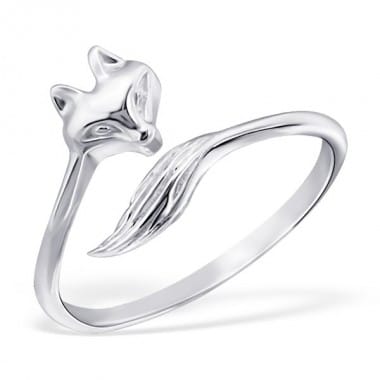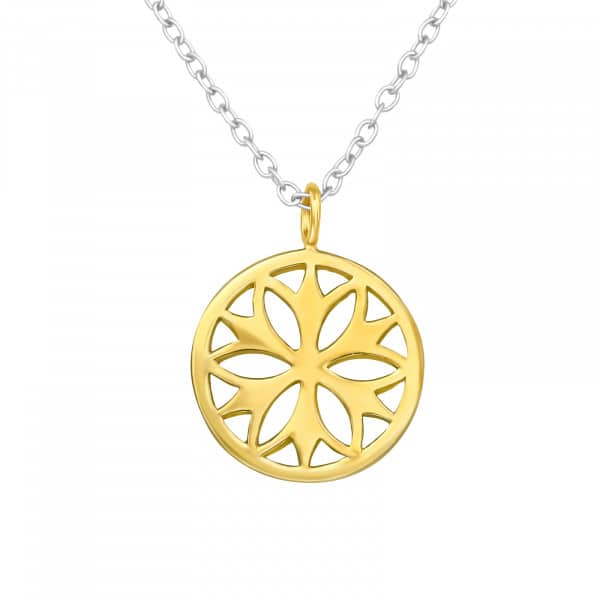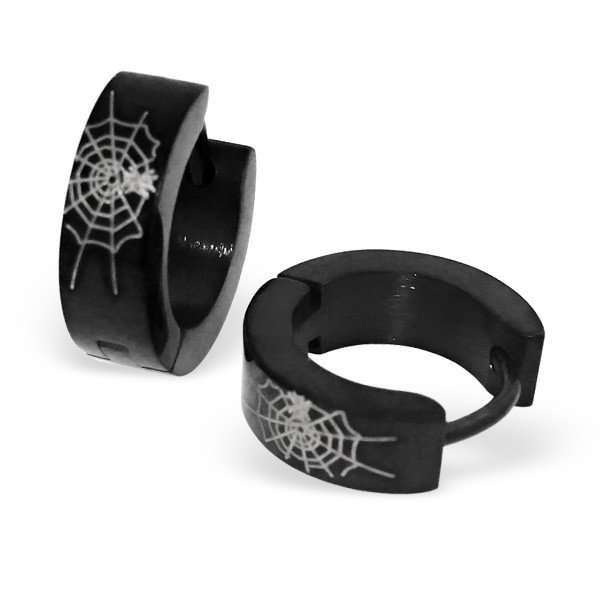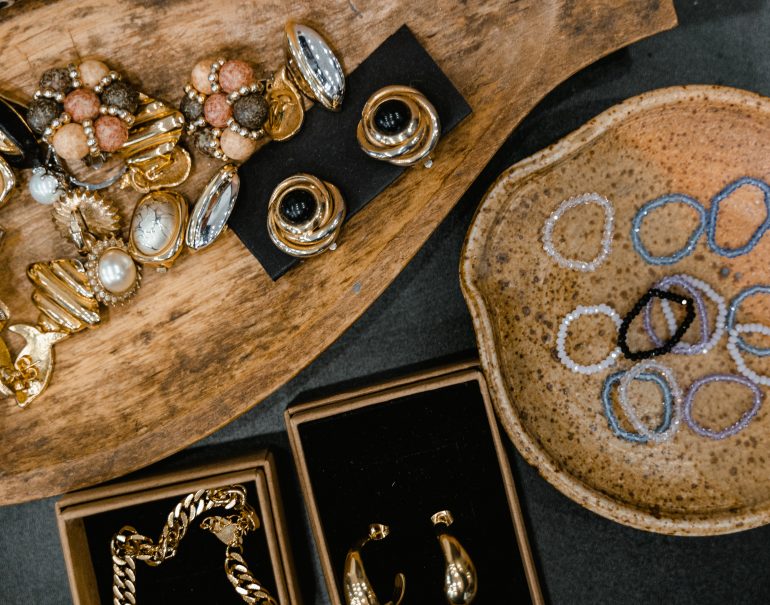Plated jewelry refers to jewelry items with precious metals like rhodium, gold, or silver plated over a base metal. In jewelry-making, plating means the process of covering a metal object with a thin film or coating of a different metal. Many jewelry designers love plated jewelry because it lowers the manufacturing cost, allowing them to sell their products more affordably. Thus, a great variety of plated jewelry is available in the market today.
Besides the lower price, plated jewelry makes it possible for designers to create various designs. They can experiment using different metals as well, including commercial alloys. In addition, plating makes most jewelry pieces hypoallergenic, allowing more people to purchase and use jewelry without worrying about allergies to some metals.
What exactly is jewelry plating?
Plating is the process of covering the surface of a metallic base with a layer of a different metal. Plating has many purposes. A manufacturer may use plating to minimize or prevent corrosion. In addition, the plating can help increase solderability, improve wearability, reduce friction-induced wear and tear, increase conductivity, and reinforce paint adhesion.
The process is now more common in jewelry making. Thus, it is essential to know the different types of jewelry plating – most manufacturers and designers use today.
E-coating
 Electro-coating, e-coating, or electro-deposition is one of the popular methods of plating jewelry. The process uses an electrical current to add an organic lacquer to a metal surface. The ultra-fine layer of plastic improves the lifespan of the jewelry and gives the item additional shine.
Electro-coating, e-coating, or electro-deposition is one of the popular methods of plating jewelry. The process uses an electrical current to add an organic lacquer to a metal surface. The ultra-fine layer of plastic improves the lifespan of the jewelry and gives the item additional shine.
Silver plating
 A metal base gets a layer of silver in silver plating. The thickness of the coating is measured in microns. For jewelry, the plating thickness is between one and ten, with most jewelry getting up to two microns of coating. The process also uses sterling silver for plating. However, since the base metal is not silver, the price of silver-plated jewelry is significantly lower.
A metal base gets a layer of silver in silver plating. The thickness of the coating is measured in microns. For jewelry, the plating thickness is between one and ten, with most jewelry getting up to two microns of coating. The process also uses sterling silver for plating. However, since the base metal is not silver, the price of silver-plated jewelry is significantly lower.
Gold plating
 In gold plating, a thin layer of gold goes over the silver surface of a jewelry piece. The process can be electrochemical or chemical plating. The thickness of the gold plating varies depending on the client’s needs and the type of jewelry for gold plating. For example, rings receive thicker layers of plating because people wear them most of the time; thus, they are subject to daily wear and tear.
In gold plating, a thin layer of gold goes over the silver surface of a jewelry piece. The process can be electrochemical or chemical plating. The thickness of the gold plating varies depending on the client’s needs and the type of jewelry for gold plating. For example, rings receive thicker layers of plating because people wear them most of the time; thus, they are subject to daily wear and tear.
Rose gold plating
Rose gold or pink gold plating uses a mixture of gold and copper to create the rosy gold blend. The most common type combines 75 percent gold and 25 percent copper, equivalent to 15 karats rose gold. If the percentage of copper is higher, the color of the rose gold becomes more intense. If the gold content is higher, the rosy appearance of the gold becomes lower.
Black ruthenium plating
 Sometimes, you may find some jet-black jewelry that looks intriguing. The unique look is achieved through black ruthenium plating. Black ruthenium belongs to the rhodium and platinum group. Aside from giving a special dark finish to the jewelry after plating, black ruthenium prevents oxidation and will protect the jewelry’s surface from scratches and dents because it is a naturally hard substance.
Sometimes, you may find some jet-black jewelry that looks intriguing. The unique look is achieved through black ruthenium plating. Black ruthenium belongs to the rhodium and platinum group. Aside from giving a special dark finish to the jewelry after plating, black ruthenium prevents oxidation and will protect the jewelry’s surface from scratches and dents because it is a naturally hard substance.
Rhodium plating
Rhodium is a silvery-white, chemically inert, and hard metal that is resistant to corrosion. Further, it is a scarce metal, but it cannot be used for jewelry due to its natural hardness. Furthermore, being a rare metal, rhodium is more expensive than gold. However, it can be used as an alloy that is perfect for silver. Moreover, when used for plating, it renders the jewelry with an outstandingly brilliant finish and long-lasting durability.
Ion plating
Ion plating or physical vapor deposition uses a technique that deposits ionized or vaporized metal or compound onto the surface of the jewelry using an electric arc current. Generally, ion plating is applied to stainless steel jewelry. The process can use different colors, such as chocolate, black, rose gold, and gold. Ion plating makes stainless steel jewelry more durable, making them last for decades without showing the effects of constant use.
Now you know the different types of jewelry plating that can help you decide when to purchase plated jewelry for everyday use. Check your lifestyle and creative sense to find the type of plated jewelry that will fit your purpose.

